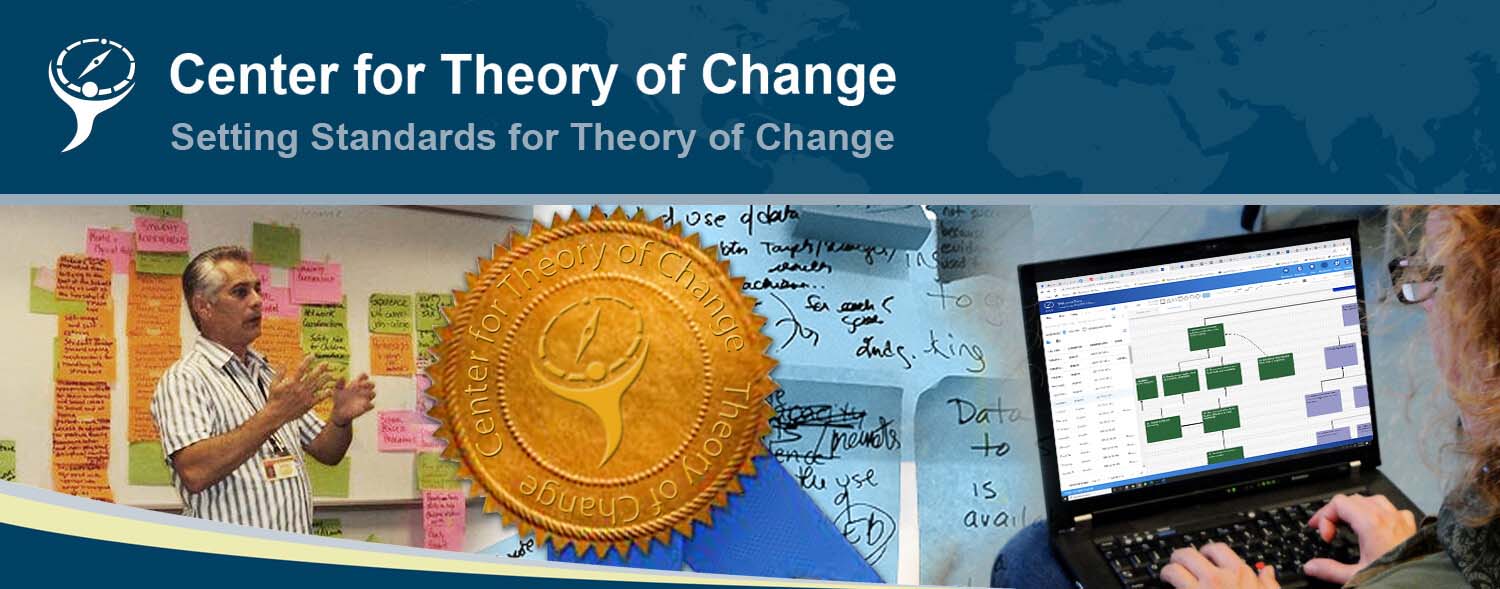TOC Background
Theory of What?
 Theory of Change is a rigorous yet participatory process whereby groups and project stakeholders identify the conditions they believe have to unfold for their long-term goals to be met. These conditions are modeled as outcomes, arranged graphically in a causal framework. The methodology used to create a Theory of Change is also usually referred to as Theory of Change, or the Theory of Change approach. So, when you hear or say “Theory of Change”, you may mean either the process or the product.
Theory of Change is a rigorous yet participatory process whereby groups and project stakeholders identify the conditions they believe have to unfold for their long-term goals to be met. These conditions are modeled as outcomes, arranged graphically in a causal framework. The methodology used to create a Theory of Change is also usually referred to as Theory of Change, or the Theory of Change approach. So, when you hear or say “Theory of Change”, you may mean either the process or the product.
Like any good planning and evaluation method for social change, Theory of Change requires participants to be clear on long-term goals, identify measurable indicators of success, and formulate actions to achieve goals. It is distinct from any other method of describing initiatives in a few ways:
- it shows a causal pathway from here to there by specifying what is needed for goals to be achieved.
- it requires you to articulate underlying assumptions which can be tested and measured.
- it changes the way of thinking about initiatives from what you are doing to what you want to achieve and starts there.
In developing theories of change we articulate the assumptions that stakeholders use to explain the change process represented by the change framework. Assumptions are at the basis of all the hypothesized causal connections between early, intermediate, and long term outcomes, and the expectations. Practitioners also make assumptions about how and why proposed interventions will lead to the expected outcomes. Airing assumptions is one of the most valuable parts of Theory of Change as a participatory process, as stakeholders get to hear and challenge one another’s understanding of the goals, the challenges, and what must hold true in the environment for the initiative to succeed. Assumptions may be supported by research, which strengthens the plausibility of the theory and the likelihood that stated goals will be accomplished.
